There’s something almost magical about the fragrance of roses carrying through your garden or filling up a room inside your home.
I’ve always loved the way a single bloom can make a whole space feel more alive.
But getting that intoxicating scent to stick around all year can definitely take a little work and know-how.
Roses need steady attention if you want their fragrance to stay strong through all four seasons.
I’ll break down what I do over the months to keep my roses fragrant and lush, and share all the tips I’ve picked up along the way.
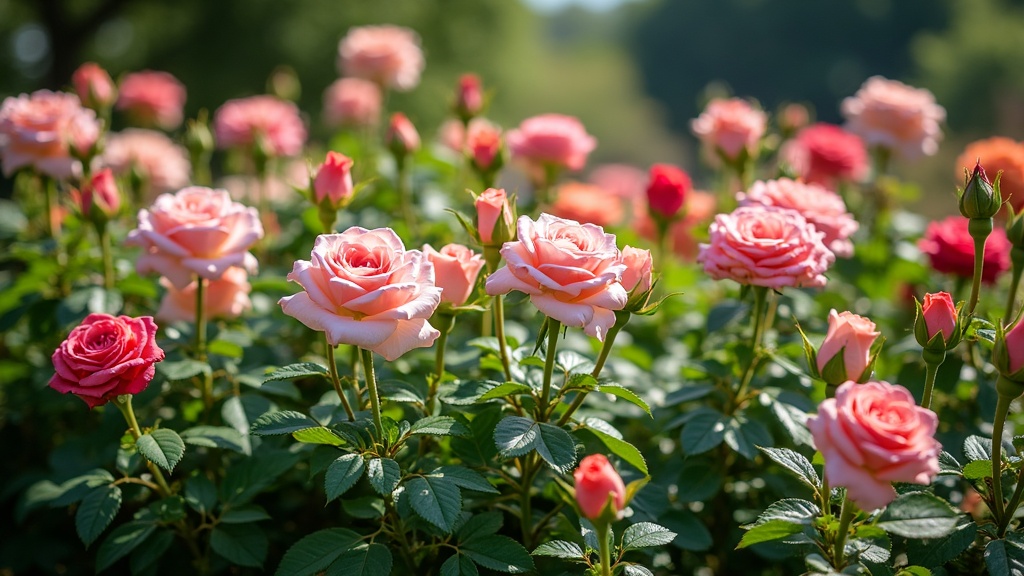
What Influences Rose Fragrance?
Not every rose smells the same, or even smells at all!
Fragrance comes down to the variety you plant, the weather, soil, and even the time of day.
Most old fashioned roses like Damasks and Bourbons have stronger scents than many newer hybrids, which are sometimes bred more for looks than smell.
A rose’s scent can also mix it up with the seasons.
Warm days boost oil production in the petals, and those essential oils are what make the air sweet around a rose bush.
Soil quality and water levels affect bloom quality and, in turn, the scent, so healthy soil means better fragrance.
Picking the right spot and variety gives you a head start if you’re looking for year round aroma.
Besides the essentials, even something as small as air movement or humidity can affect rose fragrance.
Roses planted near a wall or along a path often trap the scent, making it linger longer for your enjoyment.
Tracking down the ideal location can give a boost to the bouquet your roses give off each year.
Month by Month Rose Fragrance Care
Getting consistent fragrance means staying on top of season by season garden chores.
Here’s how I tackle rose care all year, keeping scent at the very top of my priority list.
January
This month is usually quiet for roses. The cold weather keeps growth slow, and most scent is dormant along with the plants themselves.
I use this downtime to check for wind damage. If any autumn planted roses have shifted, I gently firm them back into place.
Stakes, ties, or arches holding climbers get a quick inspection too. If you have indoor roses or potted specimens, keep them away from drafty windows and heating vents to avoid petal drop and scent loss.
Sometimes, I’ll read up on new fragrant varieties during January.
It’s the perfect time to plan for future additions, and some gardening centers begin listing their upcoming stock, so you can track down unique options for the spring.
February
Good mulch makes a big difference for keeping roses happy, especially as the weather changes.
I spread a generous layer of compost or well rotted manure around my plants. This locks in moisture and feeds the roots as the soil starts to warm.
Clearing away old leaves helps prevent black spot, which can interfere with bloom health and scent later on.
Beds get a tidy, and any fallen debris goes straight to the compost heap.
I sometimes check in on potted roses to make sure drainage holes are clear—soggy soil can lead to all kinds of scent diminishing root problems.
March
This is pruning month, super important if you want strong, fragrant blooms.
I trim my bush and standard roses, cutting out all dead or weak growth.
Taking off any winter damaged wood helps the new shoots grow thick and healthy, which really improves flower quality and perfume.
If I’m adding new roses, early spring is the last chance to plant bare root varieties. A quick weed-through the beds finishes off the last bit of prep before everything really ramps up next month.
After pruning, I always clear away the trimmings to prevent overwintering pests or disease that could compromise next season’s fragrance.
April
April’s when I start feeding.
Using a granular rose fertilizer gets nutrients deep into the root zone, and giving the soil a gentle disturbance helps the goodness sink in.
I’m careful not to dust any fertilizer onto new buds and leaves. It’s also the time I refresh mulch, building on what went down in February.
Good nutrition and strong roots lay the groundwork for big, sweet smelling blooms as temperatures rise.
As the days get longer, I also watch for the first sign that buds are forming—it’s an exciting moment, promising fragrance is on its way.
May
As things warm up, watering becomes more important.
New roses I planted late winter get two thorough soakings a week, while older roses are good with water every other week unless it’s particularly hot or dry.
Container roses dry out faster, so these need water every other day. I check for signs of pests like aphids, and diseases like powdery mildew that can mess with the plant’s ability to put out strong, fragrant flowers.
Every two weeks, I use a liquid high potash feed (regular tomato food works) to support lots of flower production and pump up fragrance.
I also gently loosen the mulch if it’s become compacted, as airy soil helps the roots breathe and supports growth.
June
This is peak growth.
Roses are bursting into bloom and the garden smells amazing if everything’s gone to plan.
Watering increases with the weather; daily for container plants, every other day for young bushes, and a good deep soak once a week for older plants.
I keep up the feeding routine and deadhead faded blooms to encourage more flowers (and more scent).
Sometimes I’ll cut a few flowers for vases inside. Early morning, when the scent is strongest, is my favorite time to pick them.
If we get a spell of rain, I make sure to gently shake off excess water from flower heads to prevent rot and help keep the perfumes from being washed out.
July
Deadheading faded blooms helps the shrubs keep pushing out new flowers, which means steady fragrance.
Leaving spent flowers on the bush can drop perfume as the plant switches energy toward seed production.
Pest checks continue, and if it’s a very dry month, I water more often. Fragrance will always be strongest on healthy, well watered plants that aren’t stressed by disease or heat.
I might also mist around the foliage with water in the early morning if dust has settled on leaves, supporting better scent release and healthier growth.
August
Roses are in full swing. If rust or mildew shows up, I remove affected leaves right away.
I keep watering, deadheading, and feeding until the end of the month. If you want rose hips to develop (for looks or winter wildlife food), now’s the time to start letting the last flush of flowers fade naturally without removing them.
To bring indoors, I cut blooms in the morning, and immediately put them in water to lock in maximum scent.
Being careful with tools and avoiding bruising petals helps each bloom last longer and hold its fragrance.
September
Pots and borders still get a regular watering. If I’m growing varieties that develop hips, I hold off on deadheading.
Any rambling or climbing types get their training and a light prune. This keeps the plants healthy and sets up fragrant growth for the next season.
I might also give a gentle top-up of compost to containers, helping them stay strong as the weather cools.
If we’ve had a particularly dry summer, I double-check soil moisture to make sure the plants go into autumn in great shape.
October
By now, most roses are slowing down.
If I spot any long shoots that might whip around in autumn storms, I trim them back by about a third to prevent wind damage.
Any non hip landscaping roses get a gentle prune to tidy them up but I avoid heavy cutting.
Clearing old leaves from the bed keeps diseases like black spot and powdery mildew from spending the winter in the soil.
Healthy plants bounce back with more energy and scent when spring rolls around. If any weeds have popped up, I pull them right away, so the soil is clean for next year.
November
Bare root planting kicks off again. Autumn is a popular time to move roses or add new ones; the soil’s still warm, but the plant doesn’t have to work hard above ground.
It’s a gentle way for roots to get established, priming those plants for a good flowering next year.
This is also my chance to split and transplant any overgrown herbs, like lavender, which adds to the perfume mix in my garden.
I sometimes take notes on what worked fragrance wise during the year, so I can plan improvements for next season.
December
December is pretty hands-off for outdoor roses.
I use this time to clean all my tools, sharpening pruners and checking any supports before things get busy again in spring.
For indoor roses or cut stems, I avoid letting water sit stagnant in vases, swapping it out every couple of days to keep the blooms fresher for longer.
If you want an extra boost in scent, placing a bowl of rose petals in a warm room can help scent the air naturally through the quieter season.
Extra Tips for Strong Rose Fragrance
- Choose the Right Varieties: Pick roses known for strong scent. Some, like ‘Gertrude Jekyll’ or ‘Mr. Lincoln’, are famous for their perfume.
- Site Carefully: Roses need sun; at least six hours a day. More direct sunlight often means stronger fragrance.
- Feed, Don’t Overfeed: Too much nitrogen speeds up leaf growth at the expense of flowers and scent. Stick with balanced or rose specific fertilizer and follow feeding schedules.
- Regular Deadheading: Removing spent blooms encourages more buds, which keeps fragrance levels high through summer and fall.
- Proper Watering: Water deeply but not too often. Shallow, frequent watering leads to shallow root systems and weaker, less fragrant blooms.
- Don’t Ignore the Soil: Roses love well drained, rich soil. Adding a few spadefuls of compost each year can make all the difference.
- Air Movement: Ensuring there’s some airflow around the rose bushes helps the scent move through your garden and discourages fungus diseases. Don’t plant them too close together.
- Harvest Flowers Wisely: If you plan to use rose petals in cooking or crafting, always pick them before noon, after the dew dries but before the afternoon sun hits hardest. This helps lock in fragrance and ensures highest quality petals.
Common Challenges and Their Fixes
- Pest Attacks: Aphids, beetles, and other critters can sap vigor from blooms. I squish smaller infestations by hand or use insecticidal soap made for roses when things get out of hand.
- Disease: Powdery mildew, black spot, and rust weaken roses, and less healthy plants smell less strong. Good air circulation and regular leaf clean-up are my go-to prevention methods.
- Weather Woes: Rainy seasons sometimes dilute fragrance. Picking and enjoying blooms after a sunny day, or early morning, delivers the richest scent. If rain persists, I make sure to shield young blooms with a little cover or bring the most fragrant ones indoors to enjoy their scent.
- Wrong Rose Choice: Some modern hybrids look great but have little scent. Always double-check variety descriptions before buying.
- Soil Problems: Weak, compacted or depleted soil can sap fragrance. Add organic matter each autumn and test the soil every couple of years to make sure nutrients are balanced.
Tip: Enjoying Rose Fragrance Indoors
Bringing the scent inside takes a little planning. I pick flowers early in the morning when they’re at peak scent.
Arranging roses with other aromatic flowers or herbs (like lavender or sweet peas) in a vase helps turn up the perfume.
Regularly changing vase water keeps blooms fresher for longer, and trimming the ends by about half an inch every couple days stops bacteria from building up.
For extra staying power, remove leaves that would sit below the waterline—this helps keep everything fresh and sweet smelling.
Frequently Asked Questions About Rose Fragrance
Question: Why don’t my roses smell as strong this year?
Answer: Weather, fertilization, and age of the plant can all affect scent intensity. Double-check watering routines, feed at the right times, and make sure you’re growing a scented variety. Some years, a hot dry summer means even heavily scented types might need extra TLC.
Question: Do all roses smell the same?
Answer: Not even close! Some have notes of spice, citrus, or even licorice. Finding your favorite is part of the fun; sample blooms at nurseries when possible.
Question: What’s the best way to boost rose fragrance indoors?
Answer: Cut the flowers early in the day, pick them when half open (at their most aromatic), and arrange them in fresh water. Avoid overly hot rooms, and place the vase in a spot where air circulates but isn’t too drafty.
Recommended Products for Maintaining Rose Fragrance Year-Round
To keep your roses fragrant and blooming beautifully through every season, a few reliable tools and products make a huge difference. Here are some top-rated picks from Amazon that help you care for roses the right way:
- Espoma Flower Fertilizer – Balanced organic nutrients that boost flower production and fragrance naturally.
- Miracle-Gro Water Soluble Rose Plant Food – Great for monthly feeding during active growth to maintain strong scent and color.
- Corona Classic CUT Bypass Pruner – Sharp, ergonomic pruners for precise, clean cuts that promote healthy new blooms.
- Dr. Earth Total Advantage Rose & Flower Fertilizer – A premium organic formula enriched with beneficial microbes for year-round root health.
- Bio Advance Rose and Flower Insect killer Spray – Protects against pests, black spot, and mildew so your plants stay healthy and fragrant.
- Self-Watering Planters or Decorative Pots – Perfect for growing compact or patio roses while keeping moisture consistent.
- Compost & Mulch Starter Mix – Helps lock in soil moisture and improve texture for better root and scent development.
Tip: Regular pruning, feeding, and healthy soil are the secret ingredients behind the sweetest rose fragrances all year long!
Some of these links are Amazon affiliate links, which help support the site at no extra cost to you.
If you end up making a purchase, thanks for supporting continued gardening guides and rose tips here!
Wrapping Up: Making Every Season a Fragrant One
Keeping the fragrance of your roses strong year round takes a mix of choosing the right plants and steady, season by season care.
Paying attention to feeding, watering, pruning, and preventing disease all helps your roses put out their best scent.
Sourcing varieties bred for fragrance and giving them what they need pays off in long lasting blooms.
Whether you’re soaking up the aroma in the garden or bringing bunches inside, putting in the effort means you’ll have that unmistakable rose smell brightening up your space all year.
Nothing beats wandering out the door and breathing in roses that you’ve coaxed into their full fragrant glory.
With a little planning and some regular attention, anyone can enjoy their scent not just in the peak of summer, but every time they’re in bloom.
Happy gardening!!!!!!!!!

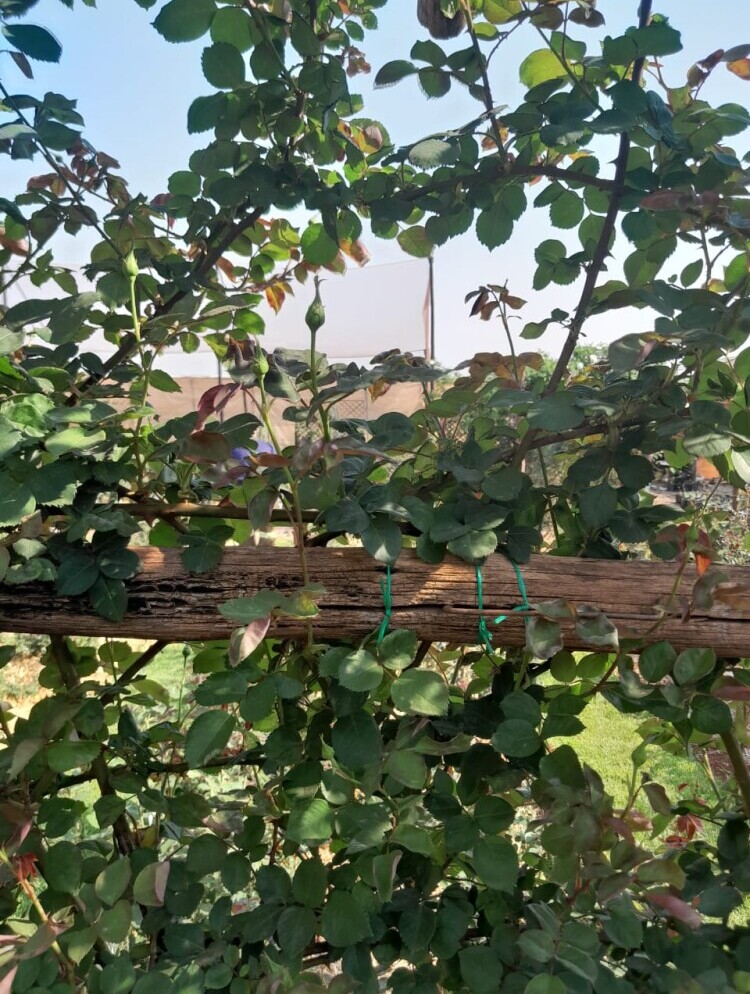
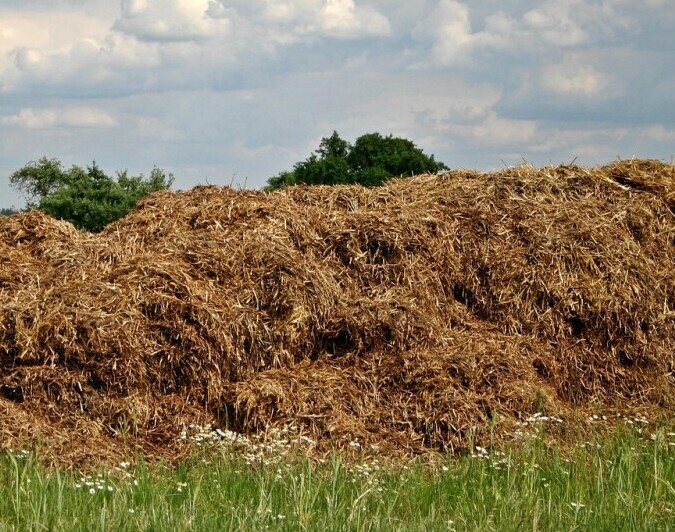

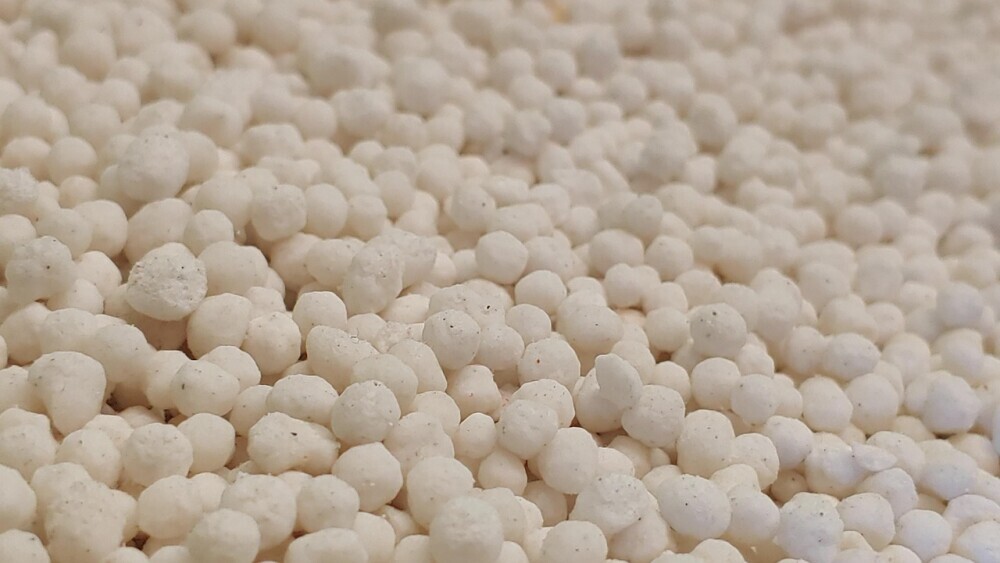
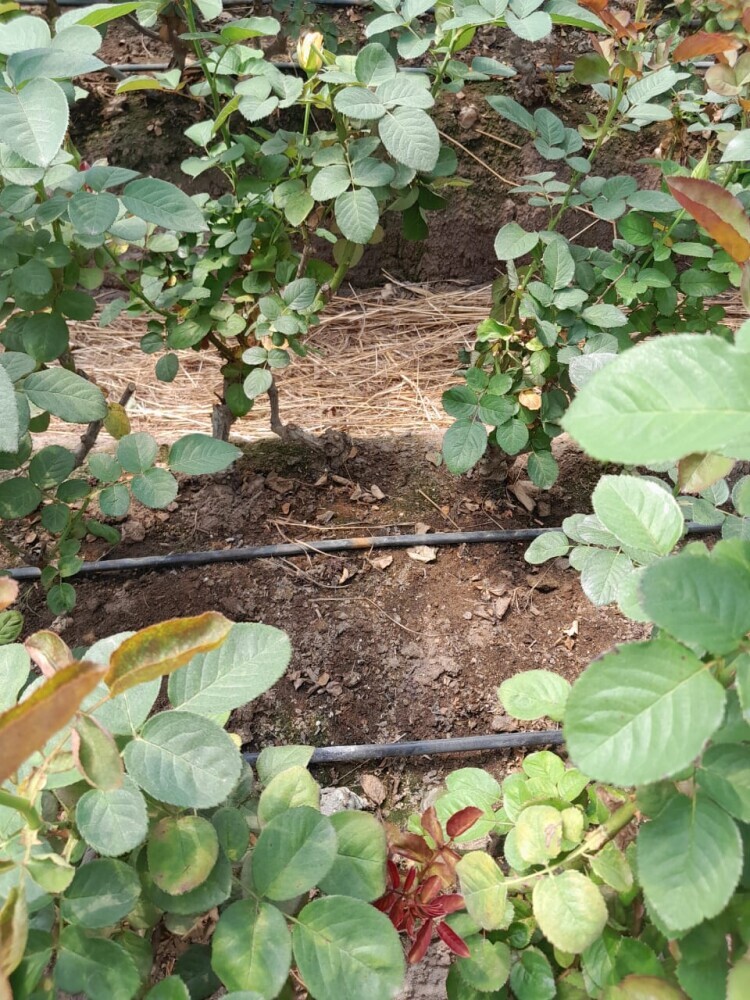
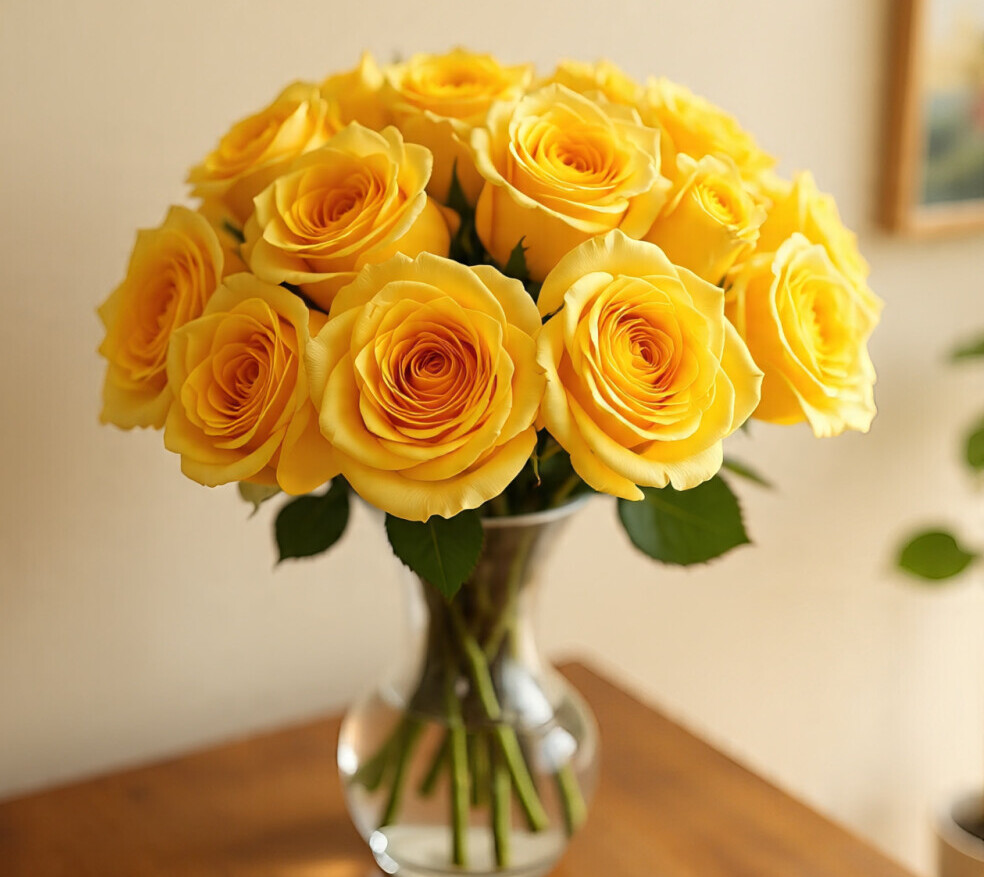
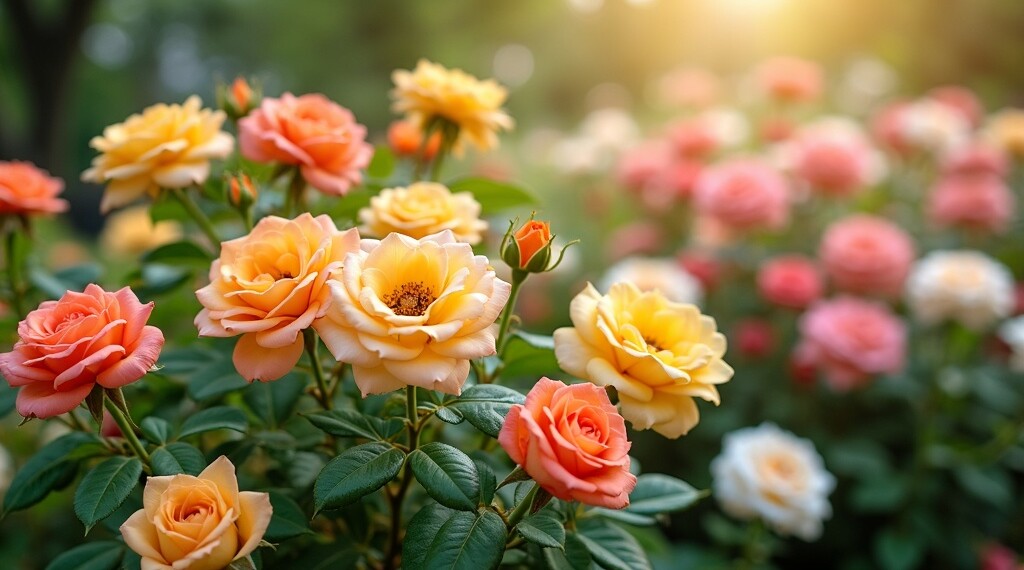
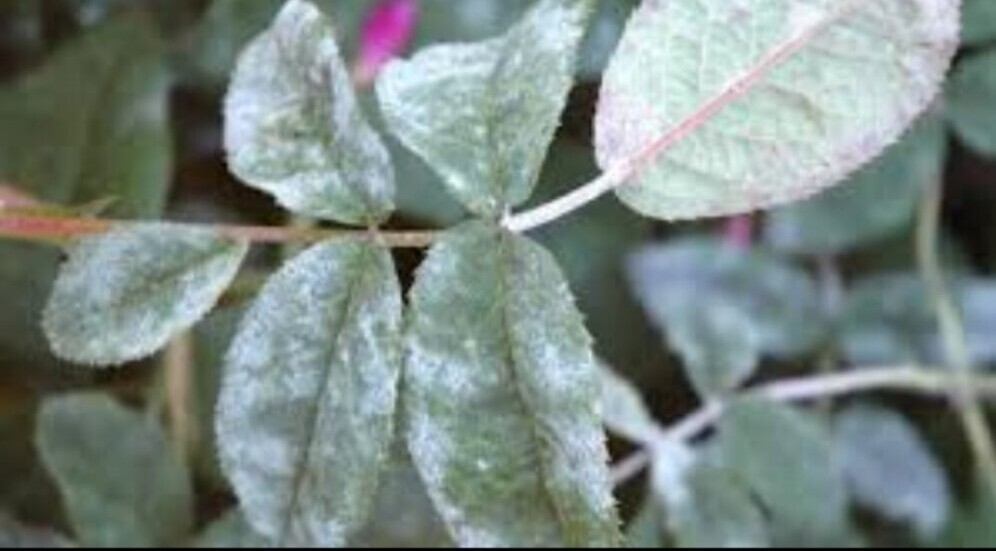
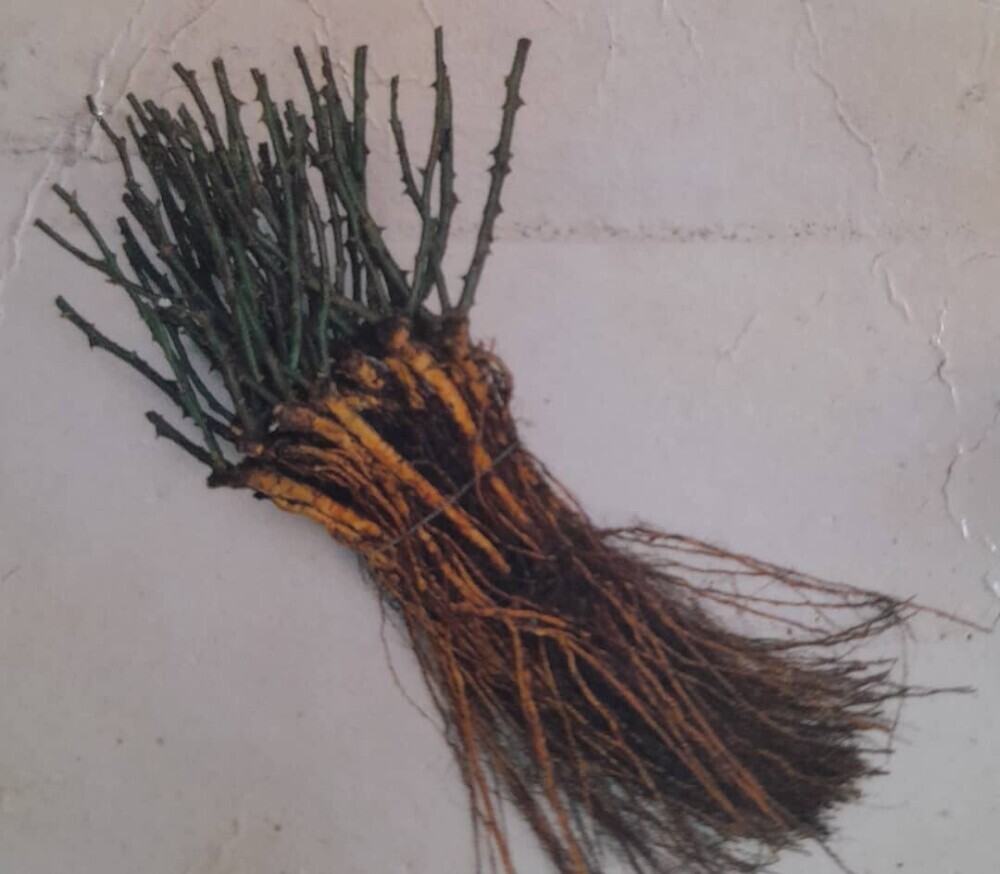
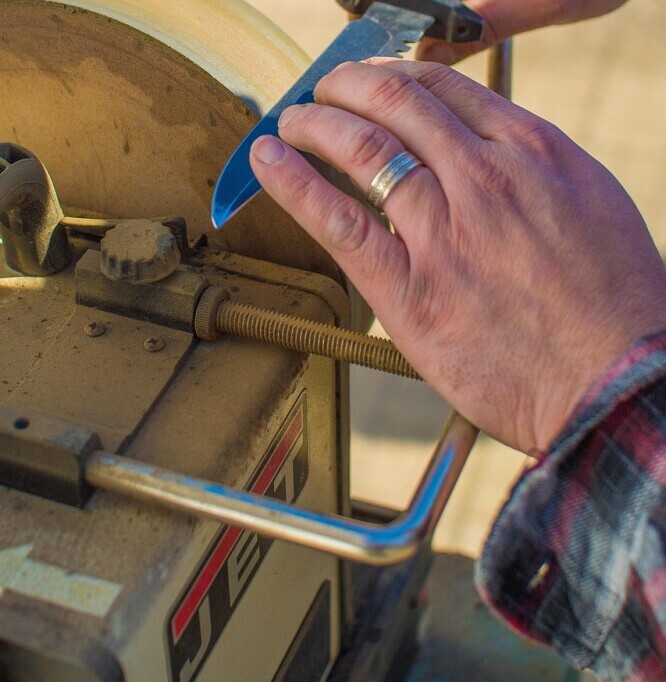
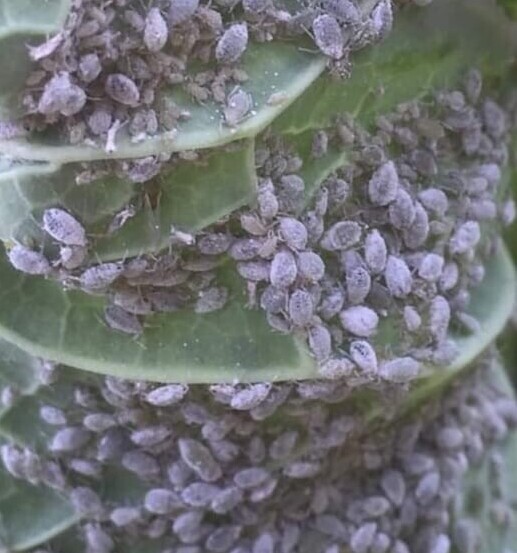
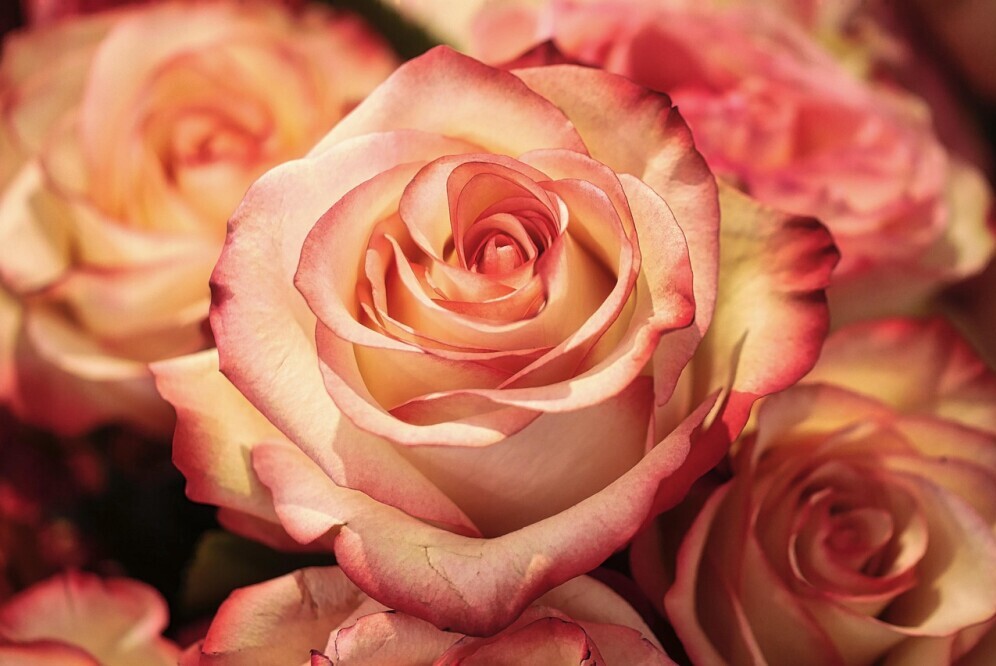
Raymond, this post is far more than a gardening guide — it’s a sensory journey through the seasons. You’ve shown us that cultivating fragrance isn’t just about flowers; it’s about rhythm, care, and intention. From pruning to pest control, from compost to morning harvests, every gesture you describe carries emotional weight and strategic wisdom.
I especially appreciate how you connect scent to soil, sunlight, and timing — reminding us that fragrance is earned through consistency and respect for nature’s pace. Your tips on indoor arrangements and seasonal transitions are pure gold for anyone seeking to bring beauty and aroma into their daily life.
Thank you for this generous transmission. Your garden isn’t just fragrant — it’s poetic.
LANICHEDUCLIP
Thank you, Lanicheduclip, for your heartfelt and poetic comment.
I’m deeply moved by your words, and it’s wonderful to hear that the post resonated with you on a sensory and emotional level.
I’m glad you found the tips and insights helpful in cultivating fragrance and beauty in your own life.
Your phrase ‘fragrance is earned through consistency and respect for nature’s pace’ beautifully captures the essence of what I aimed to convey.
Thank you for acknowledging the emotional and strategic aspects of gardening – it’s a labor of love that brings immense joy and fulfillment.
Wishing you continued beauty and aroma in your garden and daily life.